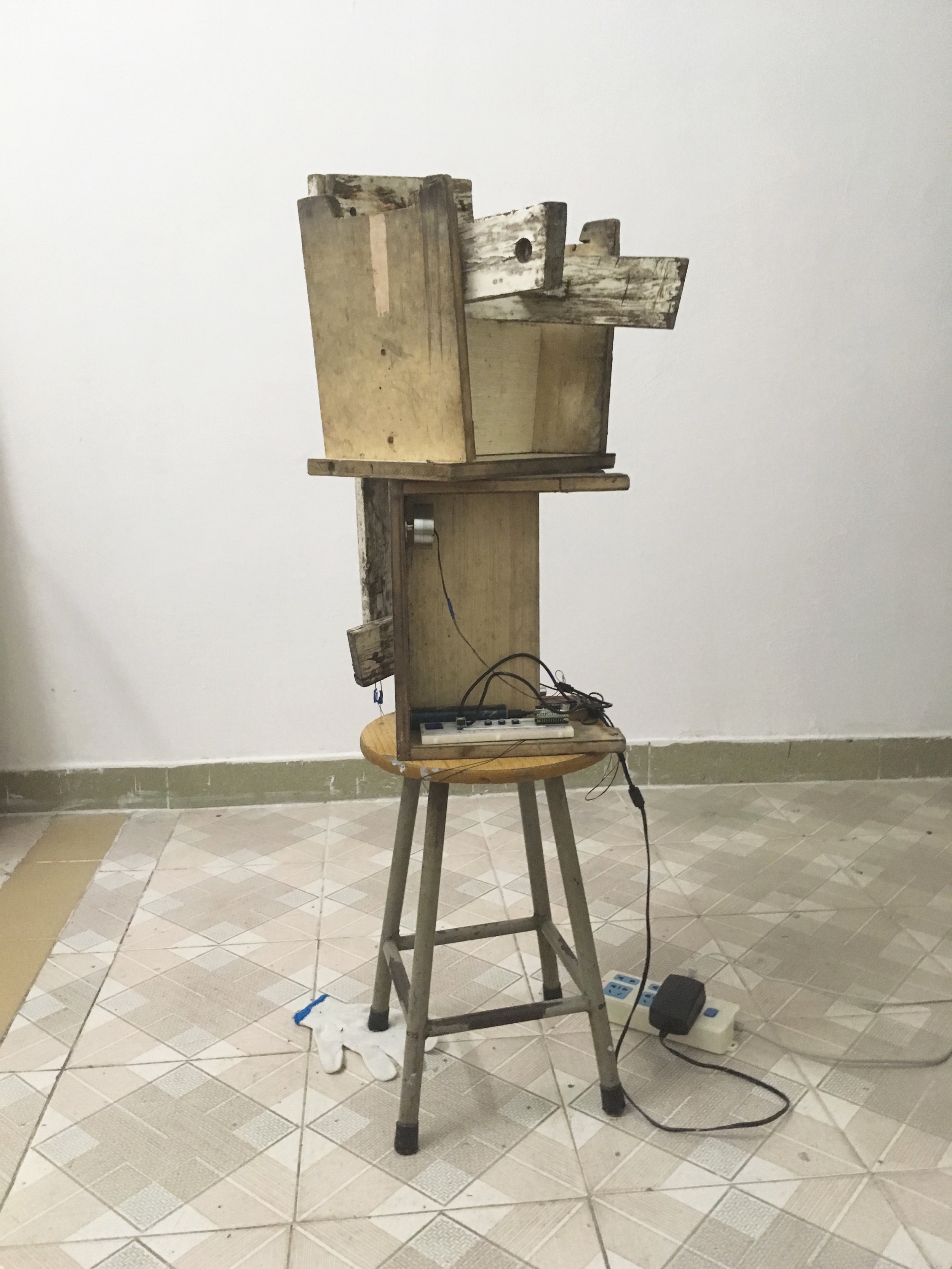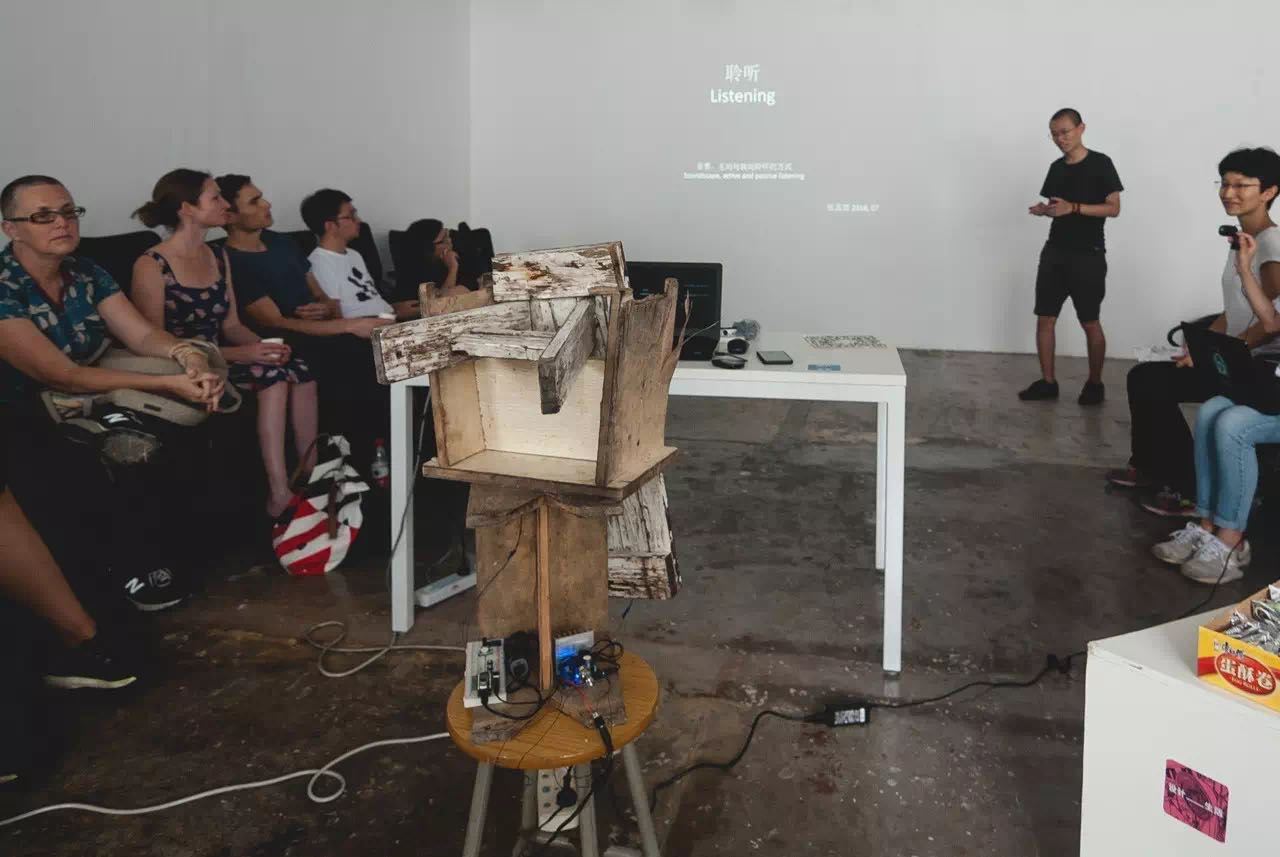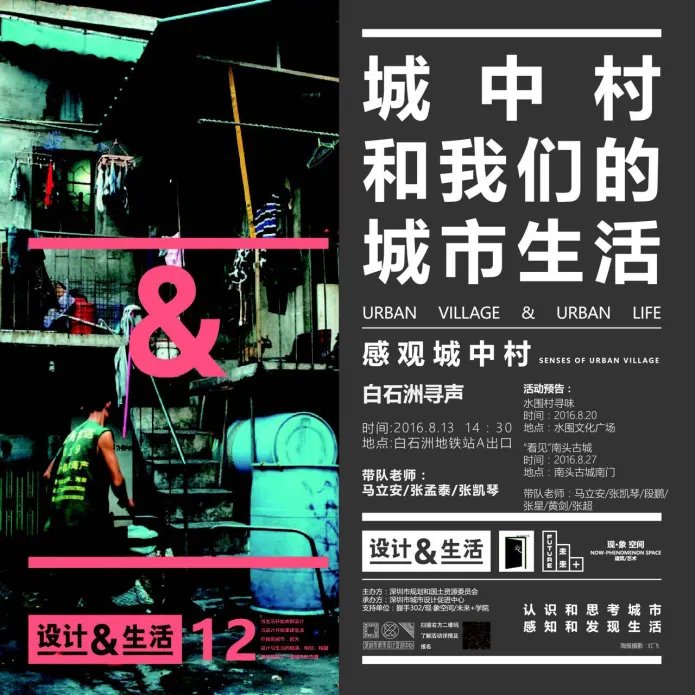Urban Village Series
2016-
Once a small town adjacent to Hong Kong, Shenzhen transformed dramatically following China's Economic Reform in the late 1970s. It was designated as a Special Economic Zone, serving as a utopian vision to carry out future national goals and as a testing ground for blending socialism with market economy. By the end of 2010s, Shenzhen had risen to become China’s premier technology metropolis, known as the world’s fastest-growing city.
The "urban village" (城中村) in Shenzhen represents a distinctive urbanization phenomenon, where local rural collectives developed within their own areas following the establishment of the Special Economic Zone. These areas were subsequently surrounded by skyscrapers due to decades of rapid urbanization, creating spaces that seem caught in a temporal dislocation, with one foot in the past and the other in the present. From the late 1980s to 1990s, these urban villages were known as “New Villages”, a name that symbolized hope and a new model for future villages. In the mid-2000s, when the city decided to integrate every rural area into its urban administrative framework, the term "urban village" replaced its previous name. This new name reflects the historical legacy of rural-urban division in China, signifying a reversion of rural development rights to central planning, and freezing the spontaneous progress of the urban villages in time.
I first visited Shenzhen in the late 1990s when I was just a kid. That journey, in my memory, felt like time travel, a leap from the past into the future, where I had the opportunity to glimpse many new things that only became available in my hometown years later. I think maybe this feeling was brought to me because Shenzhen stood at the forefront of the timeline at that time. Many new things, like pop songs, policies, electronics, and even ideas were first introduced in Shenzhen, making it a model city that inspired the rest of China.
The sense of time travel enveloped me once again when I had the opportunity to be an artist-in-residence at Handshake 302, organized by Mary Ann O’Donnell, Zhang Kaiqin, Lei Sheng, Liu He, and Wu Dan, in Shenzhen in 2016. The urban villages evoked a sense of the past, as if their progress had been halted or stuck somewhere in time. This sense of stagnation brings me back to somewhere in the mid-2000s. It was as though the march of their progress had suddenly paused, leaving these communities suspended in a bygone era, as perceived through our present eyes.
Baishizhou Sound Search
Aug. 13, 2016
This event began during my artist-in-residency at Handshake 302 in Baishizhou, one of Shenzhen's largest urban villages. It features a sound walk, led by Zhang Kaixin and Mary Ann O’Donnell, as well as my sound installation. The event invites the audience to listen to Baishizhou through a journey across its buildings and alleys, encouraging them to consider how their listening experiences and the surrounding sounds shape their understanding of the area.
Baishizhou Sound Search was held in partnership with 'Urban Village & Urban Life: Sense of Urban Village,' organized by the Shenzhen Center for Design.





Lightscape Salon
Aug. 27, 2016
Now Phenomenon Space
This is a farewell event organized by Handshake 302, where I will present the early version of 'Lightslcape’.
2017
This work juxtaposes versions of the Chinese folk song, ‘Do You Know or Not‘, from 1951, 1966, and 2005 with field recordings as a metaphoric response to the gentrification and demolition of Hubei, an urban village in Shenzhen. The duo live performance utilizes the physical and acoustic structure of the labyrinth at the site, considering the built environment and imaginary architectures as perceived in conjunction with sound, space, and the bodies, thus drawing attention to Hubei's unique geometric structure and the acoustics of the narrow alleys between the buildings.
The event was organized by Hubei 120, and performed as part of “Life and Death of Hubei“ at 2017 Bi-city Biennale of Urbanism/Architecture.

